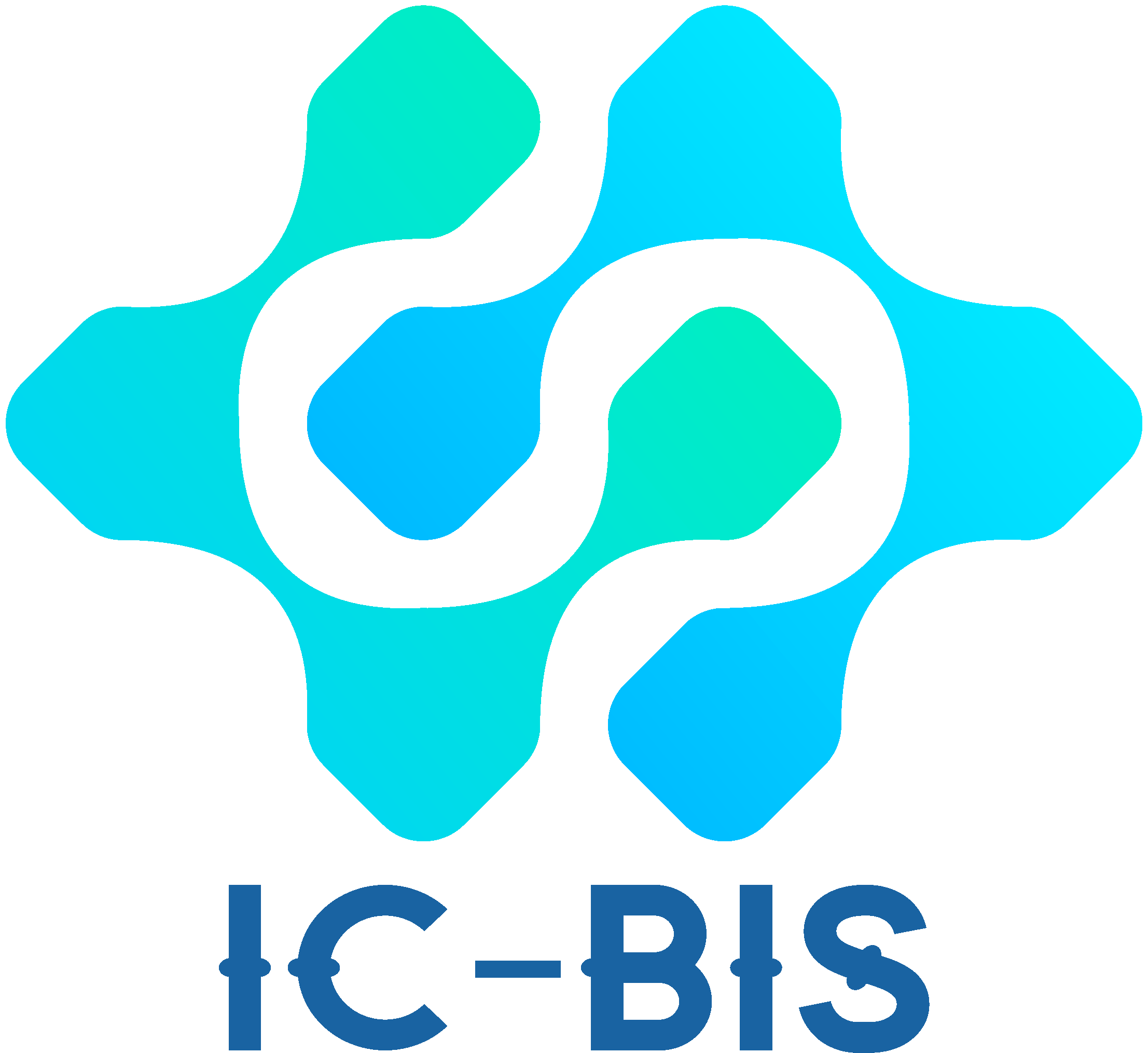
| Prof. Pier Paolo Piccaluga, University of Bologna, ItalyA Top Italian Scientist (TIS) by VIA-AcademyPier Paolo Piccaluga, MD, Ph.D., currently holds the position of Associate Professor of Pathology at the Department of Experimental, Diagnostic and Specialty Medicine, Bologna University School of Medicine—Institute of Hematology and Medical Oncology. He also serves as an executive physician at The Biobank of Research, IRCCS S. Orsola-Malpighi Hospital. In 2018, he was appointed to teaching positions at Queen Mary University of London and Jomo Kenyatta University of Agriculture and Technology in Nairobi, Kenya. Dr. Piccaluga has authored numerous international publications in prestigious journals such as Nature Medicine, Journal of Clinical Investigation, Journal of Experimental Medicine, Journal of Clinical Oncology, Blood, Lancet Oncology,and Lancet Infectious Diseases. His contributions have earned him recognition as a Top Italian Scientist (TIS) by VIA-Academy. |
Prof. Stephen T.C Wong, Cornell University & Houston Methodist Hospital, USAFellow of IEEE, AIMBE, IAMBE, ACMI, AMIA, Optica, and AAIADr. Wong holds the John S. Dunn Presidential Distinguished Chair in Biomedical Engineering and is a Professor of Radiology and Medicine with Tenure and Chief of Medical Physics at Houston Methodist. He also serves as a Professor of Radiology, Neurosciences, Pathology and Laboratory Medicine at Weill Cornell Medicine, Cornell University, along with professorships at Texas A&M University, Baylor College of Medicine, University of Texas MD Anderson Cancer Center, Rice University, the University of Texas Health Houston, and the University of Houston. His laboratory integrates engineering with biology and medicine to elucidate disease origins and mechanisms, leading to the discovery of new drugs and the development of medical devices aimed at improving diagnosis, treatment, and prevention, particularly for cancer and neurological disorders. Steve is renowned for his groundbreaking contributions across multiple disciplines, including medical imaging, life sciences, finance, and technology. Speech title: Augmented Intelligence in Healthcare: Transformative Use Cases |
|

